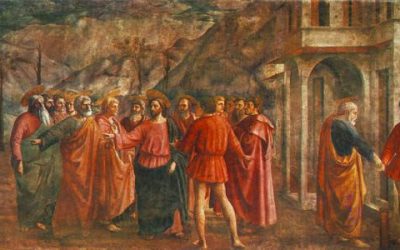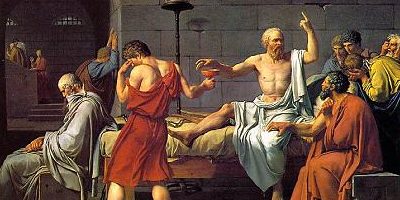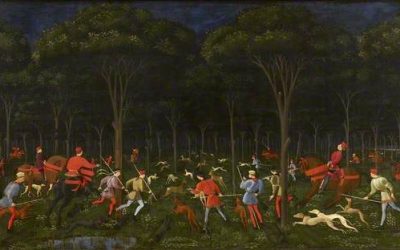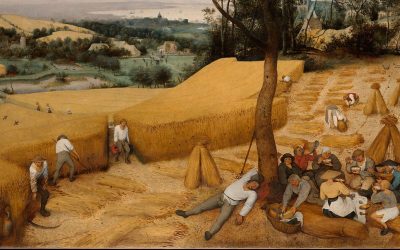Math and science: unpleasant hoops through which we must jump or a ticket to the upper middle class? Contemporary American education presupposes mathematics and science have as their purpose utility. They can get you through school and maybe even make you comfortably...
Chris Swanson
Taking the Stress out of Semester Tests
Originally published in Classis Volume XXVII, No. I7 “Cramming works fine in a pinch. It just doesn’t last. Spacing does.” Benedict Carey, How We Learn For readers of John Milton Gregory’s The Seven Laws of Teaching, the idea that students need frequent and consistent...
Credulitas
Originally Published In Classis Volume XXXII, Issue 1 On any given day of the school year, one might walk into the average classroom of an Humanities course situated in the Rhetoric school and find students gathered around a text. Surely, there would be a teacher...
The Glory of Mimetic Teaching
The Glory of Mimetic Teaching August 5, 2022 Written By: Andrew Kern Originally published in ClassisSpring 2025, Volume XXXII Issue 2It is the business of education to wait upon Pentecost. Unhappily, there is something about educational syllabuses, and especially...
The Grammar of My Morning Coffee
If you have spent any time in classical education circles over the past few decades, you will have encountered Dorothy Sayers. Her essay, “The Lost Tools of Learning,” holds a canonical position in renewal of classical Christian education. Sayers directed us to look...
Abdication for Dummies: The Best Ways to Ruin a Classical Christian Education
Originally published in Classis Volume XVII, No. 4 Recently, I was talking with a seasoned headmaster from another ACCS school. It was his second day of school—we had yet to start. He had to cut away from the conversation for a moment. When he came back on the phone,...
Common Objects of Love
Survey a number of parents on the most important aspect of a school, and the majority will say “community.” Community is a fashionable word. Everyone talks about building community, being in community, or doing life together. Because man is a political animal, this is...
Using Euclid to Teach Geometry
First published in Classis Volume XVIII, No. 2 Much has been written in the classical Christian school movement about the Great Books, the use of original sources, and the importance of Latin and Greek, but where does mathematics fit in? A study of Euclid's Elements,...
Avoiding the Tyranny of Technique in the Classroom: Applying Jacques Ellul’s Warning to Education
Originally published in Classis Volume XX, No. 3 In 1954, French theologian, sociologist, and legal scholar Jacques Ellul published a massive tome entitled La Technique. Translated into English ten years later as The Technological Society,1 the book warned that...
Lessons John Amos Comenius Can Teach
Originally published in Classis Volume XX, No. 2 John Amos Comenius has long been considered a forgotten hero of the Reformation era. Yet we, as classical Christian educators, have more to learn from Comenius than anyone else, for he is one of us. Comenius was above...










